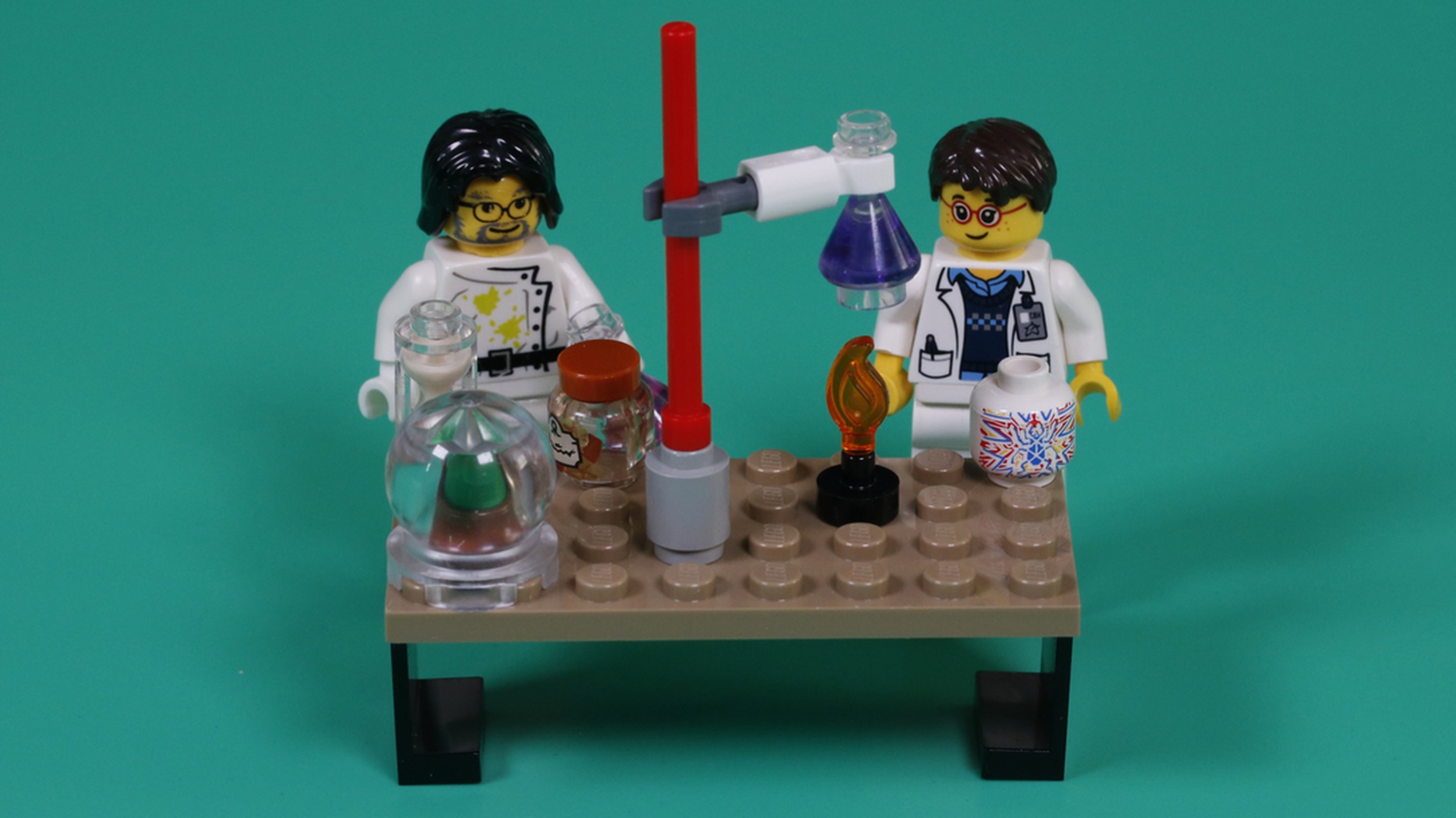Building Affordable Lab Equipment
Scientists are using LEGO bricks to build lab equipment like bioprinters and cell stretchers, making science more accessible and affordable. The cost of a cell stretcher dropped from $50,000 to $200 when built with LEGO pieces.
Isolate DNA Origami
In 2023, scientists used LEGO robots to purify DNA origami shapes, finding a better way to clean and separate shapes made from DNA.
Study ABS Preservation
In 2023, a study used LEGO bricks to investigate the light-stability of ABS plastic, commonly found in LEGO bricks, to understand how to preserve artworks made with ABS plastic.
Cell Stretcher
In 2021, researchers built a device out of LEGO bricks called “Brick Strex” to squeeze cells and study how they respond to physical pressure.
Gas Detector
In 2018, researchers created a nerve gas detector using a smartphone camera and a LEGO box to detect dangerous chemicals.
LEGO Pump
In 2018, researchers used LEGO pieces as pumps to move fluids and perform actions on cells in a study called “Automating multimodal microscopy with NanoJ-Fluidics”.
Insect Holder
In 2015, scientists built a LEGO contraption called “IMp: The customizable LEGO® Pinned Insect Manipulator” to hold insects in place for study without harming them.
Creating Environments for Plant Growth
In 2014, researchers used LEGO bricks to create different-sized structures to study how plants grow in different soil conditions, providing the right amount of space to observe plant roots.
If you’ve come across any other studies that have used LEGO bricks in research, please share the links in the comments below.
